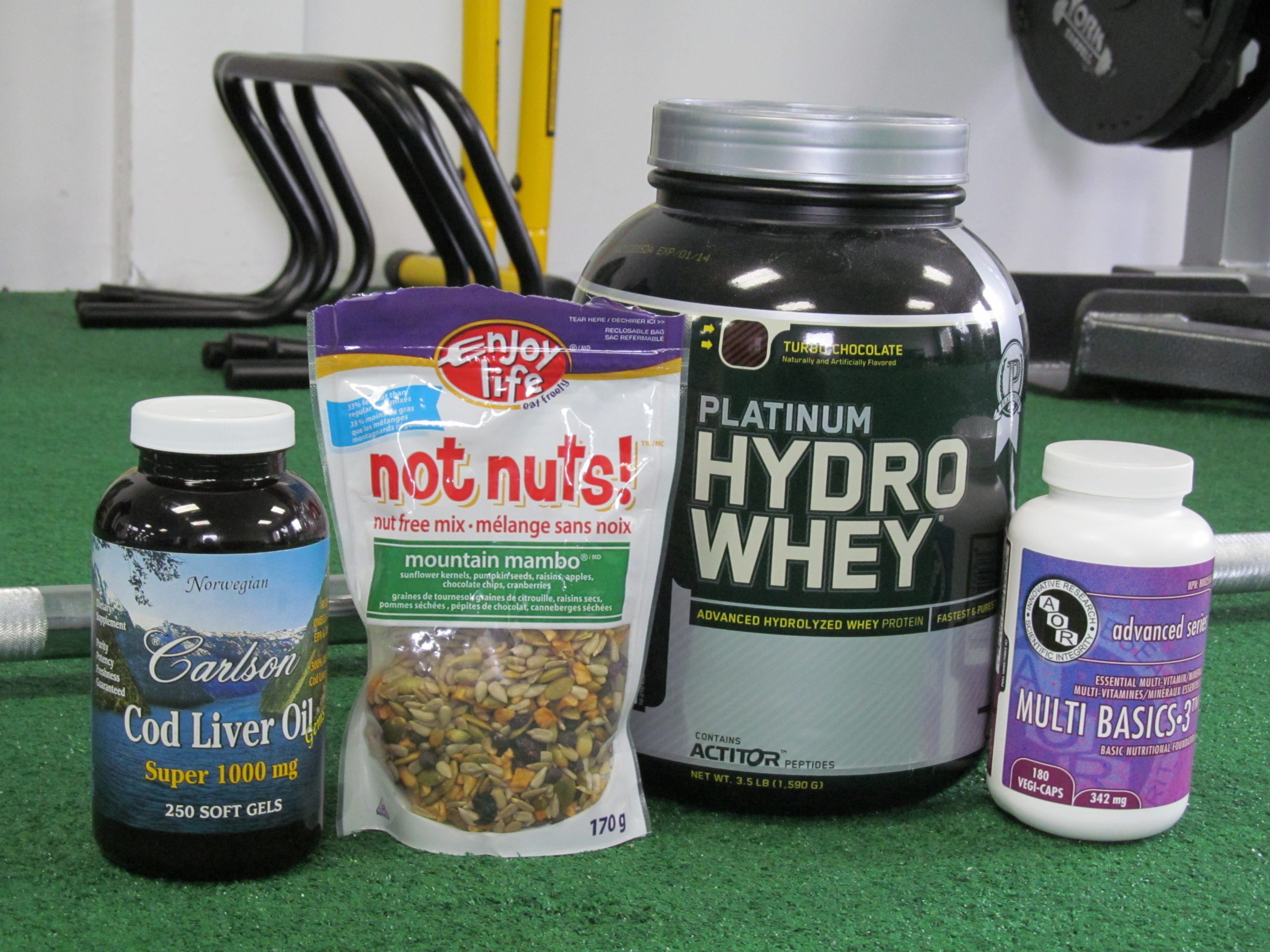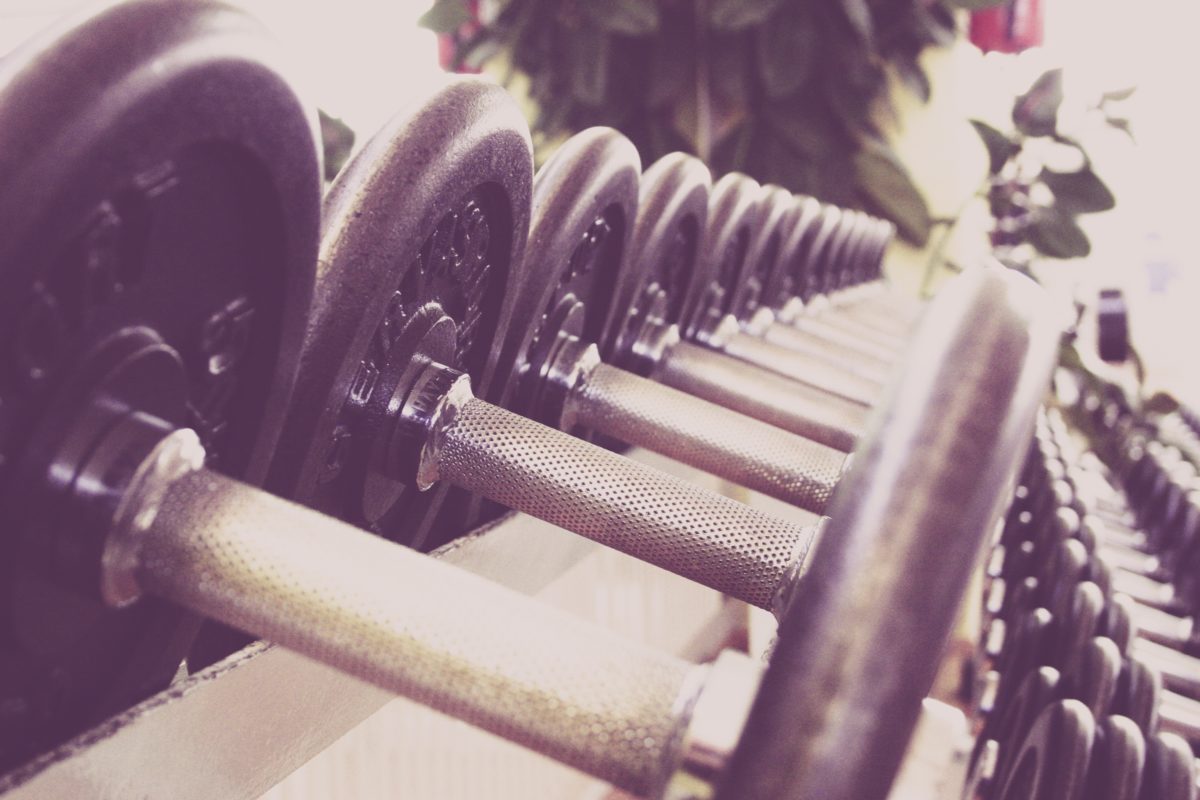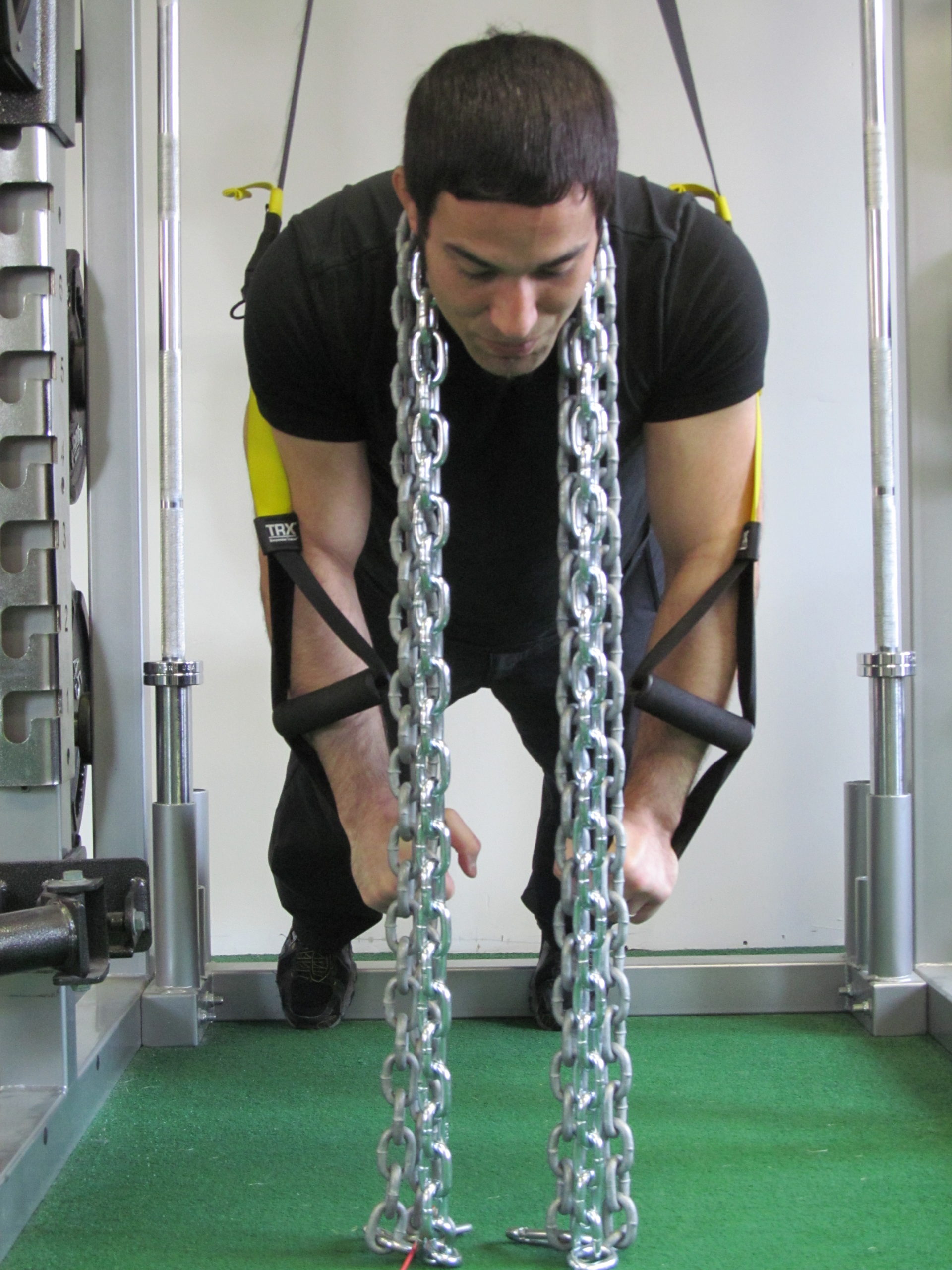On the topic of arm development, the mass media always panders to the prima donnas of the muscle world – the biceps. Yet, regarding the issue of arm mass and the ability to bend (flex) the elbow, iron warriors know the biceps are not the only muscles which matter. Assisting the prima donnas is an entire supporting cast consisting of the brachialis, brachioradialis, pronator teres and several other muscles which span the elbow/wrist. I like to call this supporting cast (with a hint of fake pedantry) the “non-biceps elbow flexors”. It is a major mistake to take the non-biceps elbow flexors for granted. From a functional standpoint, these muscles (more so than the biceps) help us arm wrestle, complete pullups, grapple and start outboards. From an aesthetic standpoint, the non-biceps elbow flexors add major, potent-looking MASS to the forearm and upperarm. Use the following solution for sub-par elbow flexors and then return to your usual modus operandi. Your newly reinforced elbows and wrists will take you to new performance levels!
How to know if this program is for you
You are an intermediate or advanced trainee who wants to radically improve overall arm mass and strength. Having pythons as arms appeals to you functionally and aesthetically.
Modus Operandi
Two powerful methods of increasing muscle and strength are featured in this program:
- The Double Standard MethodIn this program you will be trying to increase both your 8 repetition and your 12 repetition maximum using the dumbbell preacher curl***. The pursuit of two distinct repetition standards greatly accelerates progress on any exercise.
- Compensatory Negatives Method
When using this method you must achieve all precribed repetitions within a set. If you fatigue before achieving your goal the remaining repetitions are completed using negatives. For example, if a set requires 8 repetitions and you only manage 5 – the remaining 3 must be accomplished using negatives (with a load 10 to 20 percent heavier). Chances are you will manage fewer and fewer repetitions on subsequent sets which will require more and more negatives! FL !!! (Fiendish Laugh) Take 6 seconds to lower each negative repetition.
***Why the dumbbell preacher curl? Preacher curls place the biceps in a shortened positon and place an onus on shoulder extension (if you press the elbows into the pad as you curl) – this reduces biceps recruitment and increases the burden on the non-biceps elbow flexors.
DAY 1
1. Dumbbell Preacher Curls (palms up).
– Warm-up progressively.
– Choose a dumbbell that limits you to 4 to 7 repetitions.
– Perform an all out set targeting 8 reps (you should only achieve 4 to 7 reps if you chose your dumbbell wisely!).
– Immediately compensate for your repetition shortfall by performing negatives with a dumbbell 5-10 lbs heavier.
– Rest 3 mins
– Repeat two more times!
When you can achieve all 8 positive repetitions on your first set (with your initial load) it is time to congratulate yourself . You just improved your 8 repetition maximum! Move your chosen dumbbell up to the next size.
2. Dumbbell Hammer Preacher Curls (palms sideways)
– Target 3 sets of 6-8 repetitions (no compensatory negatives!)
3. Barbell Behind Back Wrist Curls
– Target 3 sets of 15 repetitions
– When you flex your wrists, apply pressure to the bar through the little finger side of the hand (as if trying to supinate). Make sure to maximize the range of motion! Pause at the top for a 2 second count.
DAY 2 – After 3 full days off…
1. Dumbbell Preacher Curls
- Warm-up progressively
- Choose a dumbbell that limits you to 8 to 11 repetitions (usually 5-10 lbs lighter than your DAY 1 dumbbell for this exercise)
- Perform an all out set targeting 12 reps (you should only achieve 8 to 11 reps if you chose your dumbbell wisely)
- Mourn your repetition shortfall and perform seppaku – no compensatory negatives on this day!
- Rest 3 mins
- Repeat two more times! (take note of your totals and aim to best them next time)
When you can achieve all 12 repetitions on your first set it is time to congratulate yourself. You just improved you 12 repetition maximum! Move your dumbbell up to the next size.
2. Dumbbell Preacher Hammer Curls
- Target 3 sets of 10-12 repetitions (no compensatory negatives!)
3. Barbell Seated Wrist Curls
- Target 3 sets of 15 repetitions
- When you flex your wrist, apply pressure to the bar through the index finger side of the hand (as if trying to pronate). Make sure to maximize the range of motion! Pause at the top for a 2 second count.
Here are all four exercises demonstrated in RAPID FIRE sequence:
exercises
Ostensibly a simple, straightforward program, do not underestimate the power of the Elbow Flexor Solution! Mere mortals have added fifteen to twenty pounds to their dumbbell preacher curl eight – repetition maximum (within six weeks!). Having solved your non-biceps elbow flexors, you will have added to your functional potency. Regular biceps curls will feel light. Chores and sports will be dominated. As a final consequence, Prima Donnas will be overlooked in favour of their supporting cast.














Recent Comments